Every generation leaves its mark on history, but the Greatest Generation—those who faced the challenges of the early 20th century head-on—did more than just that. They carved out the world as we know it today. We owe them a lot, not just for their courage and resilience, but for setting a precedent that still guides us when dealing with life’s obstacles.
Where Would We Be Without Them?

That’s a hard question to answer, but it’s fair to say America would not be what it is today without the courage and fortitude of this generation. Here are 15 ways they helped mold our country into what it is today.
1. They Experienced the Great Depression

The Greatest Generation was born into an era of economic hardship, namely the Great Depression (1929-1939). This period instilled in them the values of frugality, hard work, and perseverance. Many developed resilience and adaptability as they navigated these challenging times, shaping the strong individuals they became.
Fun Fact: During the Great Depression, families came up with creative ways to make meals stretch, including dishes like “Depression stew” and “Hoover Hogs,” which were actually jackrabbits.
2. They Fought in World War II

Members of the Greatest Generation served in World War II, displaying an incredible level of courage and patriotism. They made considerable sacrifices, many of them leaving their homes and families to fight for freedom on foreign soil.
Did You Know? During World War II, an astonishing number of over 16.5 million men and women served in the armed forces of the United States, including individuals like writer J.D. Salinger, Hollywood icon Clark Gable, and future U.S. President John F. Kennedy, who all went on to achieve fame and fortune after the war.
3. They Rebuilt After the War
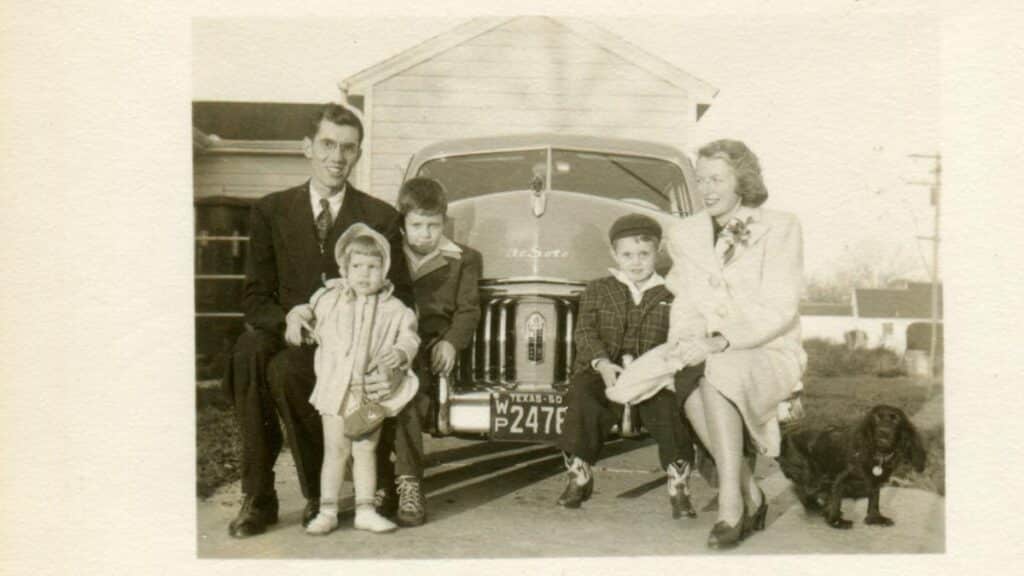
After World War II, the Greatest Generation rolled up their sleeves and rebuilt their countries. The post-war reconstruction era was one of the most industrious times in history, with this generation at the forefront.
Fun Fact: In the United States alone, the Baby Boom led to a dramatic increase in births, with approximately 76 million babies born between 1946 and 1964. This was a 40% increase from the previous generation. It was such a significant surge that Baby Boomers still represent a significant proportion of the population today.
4. They Championed Civil Rights

The Greatest Generation was involved in the civil rights movement, fighting for equal rights regardless of race or gender. Their efforts paved the way for societal changes that we benefit from today.
Did You Know? Rosa Parks, a notable figure in the civil rights movement, belonged to the Greatest Generation.
5. They Lived Through Technological Revolutions
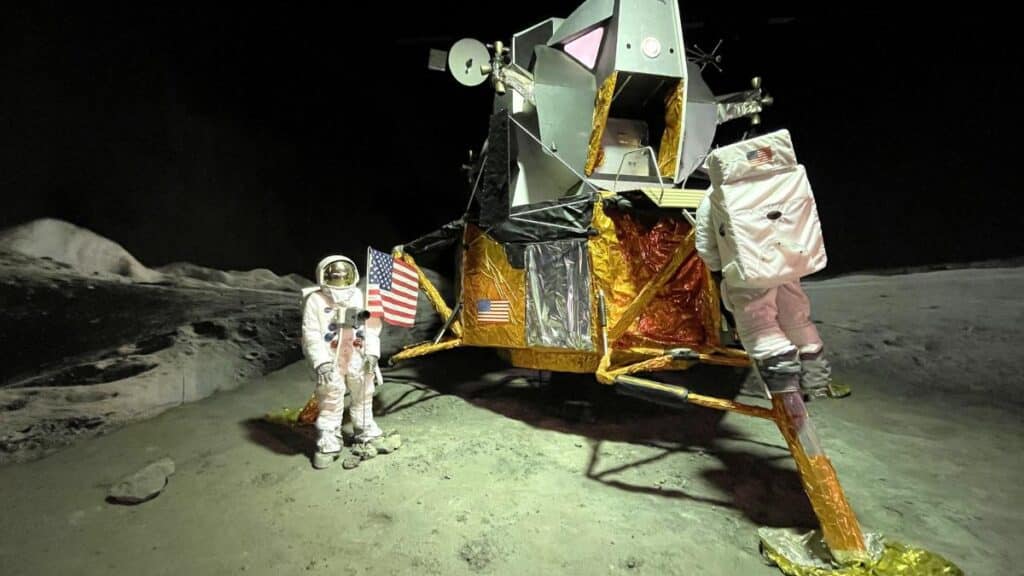
The Greatest Generation witnessed significant technological advancements, from the advent of television and computers to the moon landing. These developments fundamentally transformed how people lived and worked.
Fun Fact: In 1969, when the first man landed on the moon, most members of the Greatest Generation were in their 40s and 50s.
6. They Influenced Cultural Shifts

The Greatest Generation experienced and often drove major cultural shifts. Their influences can be seen in music, cinema, literature, and fashion, many of which remain relevant today.
Did You Know? The Greatest Generation saw the rise of jazz music and Hollywood’s Golden Age. This was the era of legendary musicians like Louis Armstrong, Ella Fitzgerald, and Duke Ellington who redefined the jazz scene.
7. They Established the Middle Class

The Greatest Generation played a pivotal role in building a strong middle class, establishing the American Dream. They valued education, homeownership, and stable jobs, paving the way for the prosperity of subsequent generations.
Fun Fact: The G.I. Bill, signed into law after World War II, provided veterans with benefits, including low-cost mortgages and tuition payments, helping to expand the middle class.
8. They Valued Community
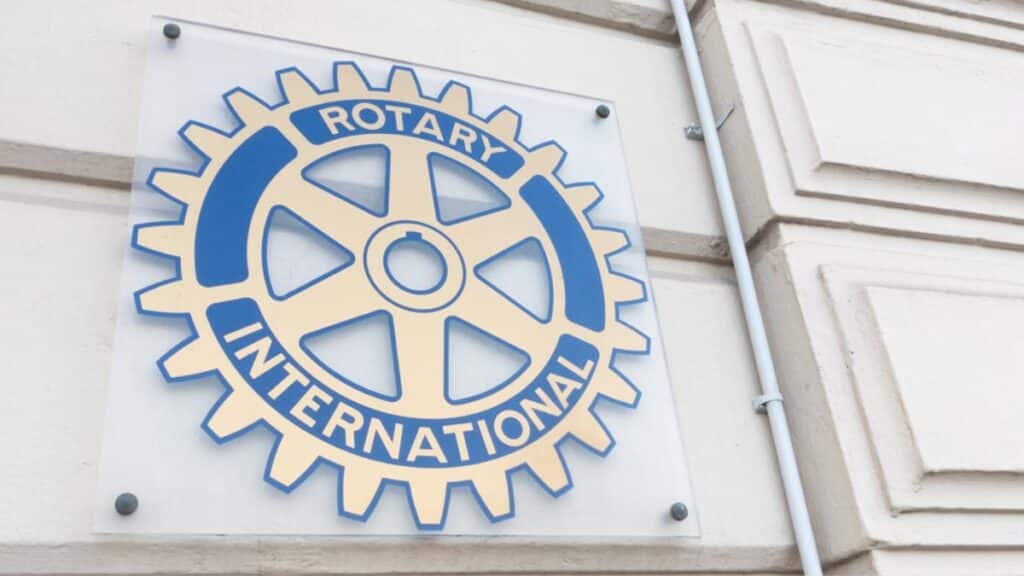
The Greatest Generation held a strong sense of community. They believed in lending a helping hand to neighbors and contributed significantly to local civic organizations and charities.
Did You Know? This sense of community and mutual aid led to the establishment and growth of many community organizations that are still active today. For example, the United Way, a major non-profit focusing on community-based aid, experienced significant growth during this era. Similarly, the Lions Club and Rotary Club, known for their local civic engagement, also expanded rapidly during this period.
9. They Experienced the Cold War
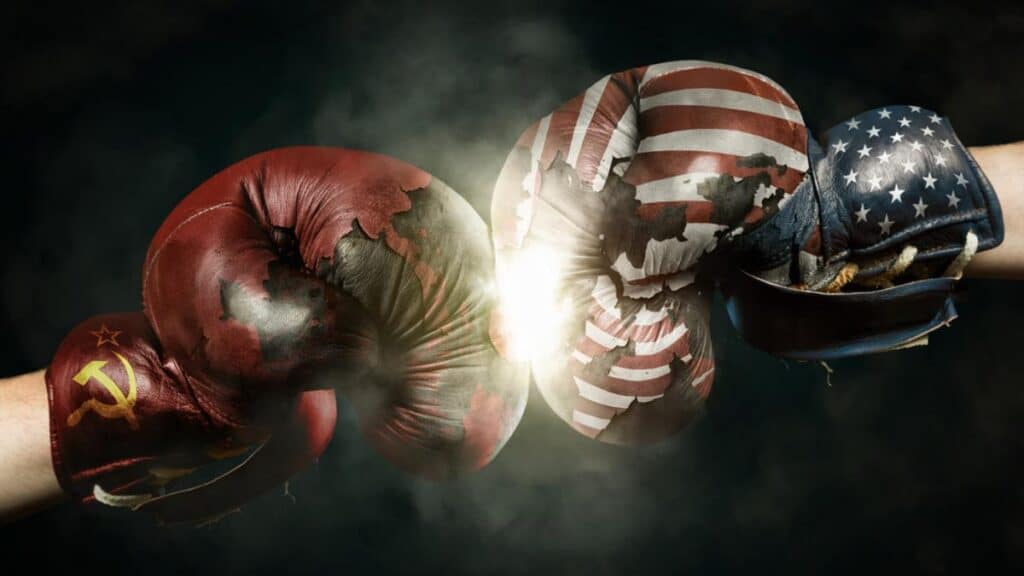
Members of the Greatest Generation lived through the Cold War, a period of political and military tension between the Western Bloc and the Eastern Bloc. This period significantly shaped international relations and policies.
Fun Fact: The Cold War era saw the birth of James Bond, the iconic British spy character created by Ian Fleming. The first James Bond film, “Dr. No,” was released in 1962 at the height of the Cold War.
10. They Fostered the Industrial Revolution
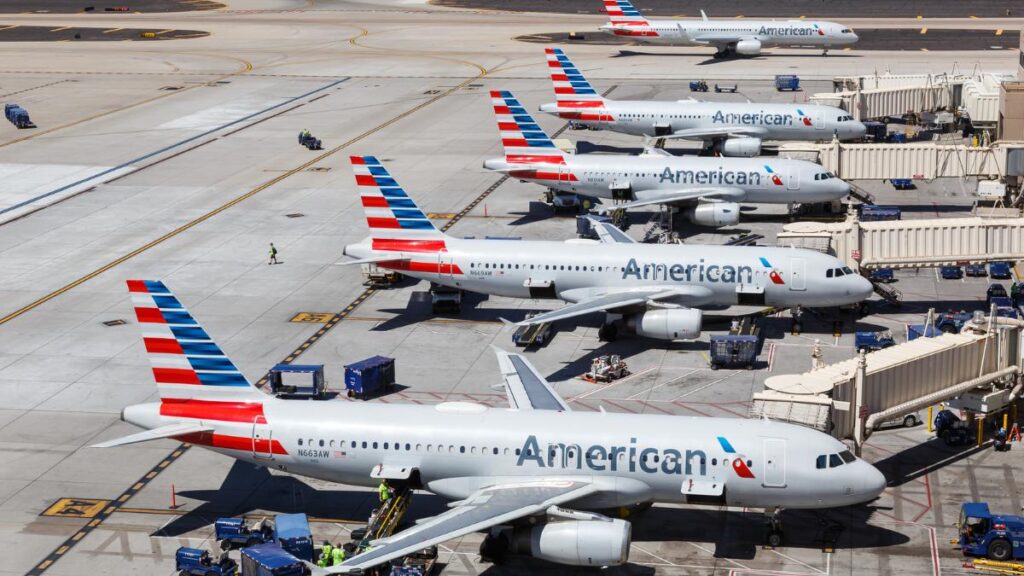
The Greatest Generation was born into the aftermath of the Industrial Revolution, a period of rapid industrialization characterized by the development of new technologies and manufacturing processes. This revolution had profound impacts on the economy, politics, and culture, and its effects are still felt today.
Fun Fact: This generation witnessed the dawn of commercial aviation. Companies like United Airlines and American Airlines, which are household names today, were established during their early lifetime. This marked a paradigm shift from steam engines and trains, opening the skies for travel and commerce and forever changing the way people connect across the globe.
11. They Embraced Globalization

With the advent of new technologies and improvements in transportation, the Greatest Generation witnessed and participated in the globalization of the economy. Their efforts helped establish a more interconnected world, shaping the global society we live in today.
Did You Know? The globalization embraced by the Greatest Generation not only changed economies and societies but also had a profound impact on pop culture. For instance, this was the era when Hollywood films started to be distributed and enjoyed worldwide, transforming the film industry into a global powerhouse. Similarly, the music of iconic American artists like Elvis Presley and The Beatles was able to reach global audiences, largely due to advancements in global communication and transportation networks.
12. They Set Precedents for Workers’ Rights

The Greatest Generation was integral to the establishment of workers’ rights. They stood against poor working conditions and fought for fair wages and improved working environments, setting precedents for labor laws and unions that protect workers today.
Fun Fact: The fight for workers’ rights was also depicted in pop culture. The classic film “On the Waterfront,” starring Marlon Brando, is a notable example. It tells the story of a longshoreman who stands up against his corrupt union bosses, reflecting the real-life struggles and victories for workers’ rights during this era.
13. They Pioneered Environmental Awareness

The Greatest Generation witnessed the environmental consequences of rapid industrialization and urbanization. This awareness led to the early environmental movement, which championed conservation, pollution reduction, and sustainable practices.
Fun Fact: The concern for the environment laid the groundwork for many of the environmental protections we have today. For example, the Clean Air Act, which regulates air emissions from stationary and mobile sources, was passed in 1963. This legislation was a direct response to the increasing levels of air pollution caused by industrialization and urbanization, demonstrating the Greatest Generation’s pioneering efforts in environmental awareness.
14. They Elevated the Role of Women in Society

Women of the Greatest Generation made significant strides in breaking gender barriers. With the growth of factories and mills, women began to work outside the home in greater numbers, leading to new forms of feminism and changes in the family structure.
Did You Know? The Industrial Revolution had a significant impact on the role of women in society. It led to the rise of new forms of feminism and the women’s rights movement, changing the family structure and the traditional roles of men and women. Women like Eleanor Roosevelt played pivotal roles in societal change. As First Lady and a delegate to the United Nations, Roosevelt was a strong advocate for human rights and women’s issues, setting a precedent for future generations of women leaders.
15. They Contributed to the Evolution of Capitalism
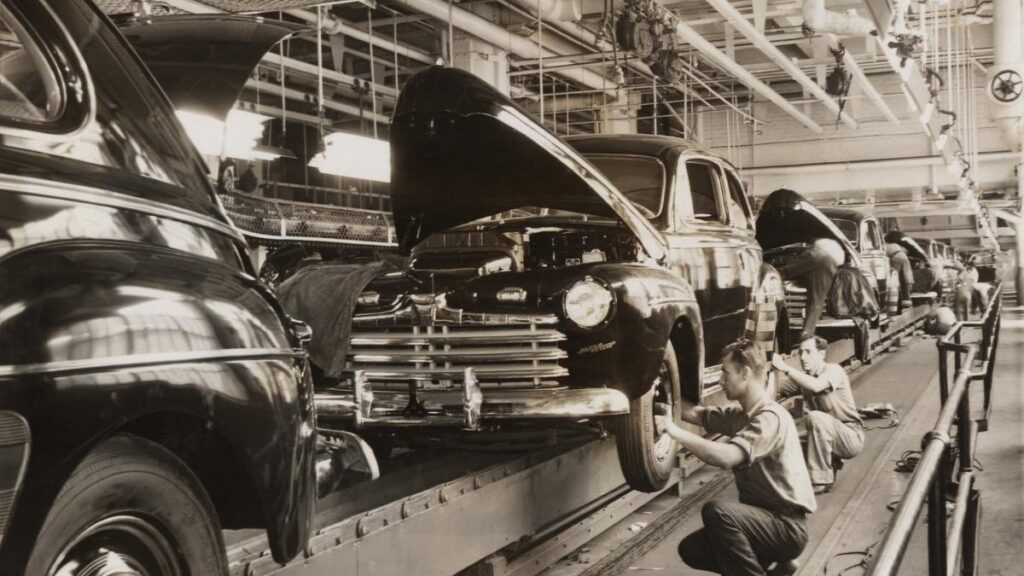
The Greatest Generation played a role in shaping the economic systems we see today. The aftermath of the Industrial Revolution saw the rise of large corporations and the consolidation of wealth and power, leading to the growth of capitalism.
Fun Fact: The Industrial Revolution led to the growth of capitalism and resulted in the establishment of major corporations. For instance, companies like General Electric and Ford Motor Company expanded significantly during this era, becoming household names and playing a key role in the global economy.
Could You Have Done What Lewis and Clark Did? Probably Not and Here’s Why
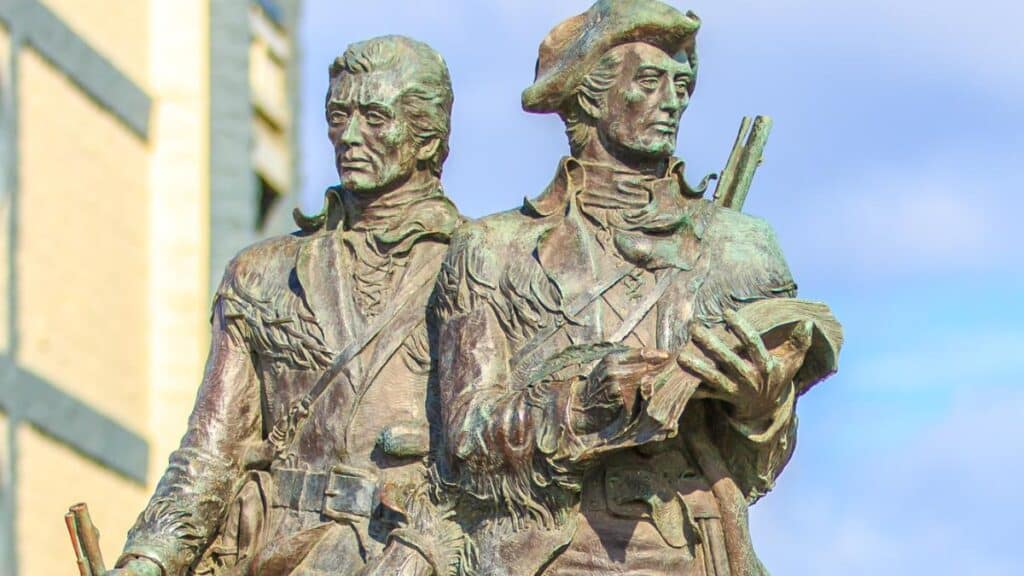
Lots of people are into hiking, although very few have the stamina to do what Lewis and Clark did. Can you even imagine making an 8,000-mile cross-country trek into unchartered territory? Take a minute to explore these 12 riveting realities of the Lewis and Clark expedition that will leave you questioning your own survival skills.
Could You Have Done What Lewis and Clark Did? Probably Not and Here’s Why
Facts About the Oregon Trail That Prove Most of Us Would Have Never Made It
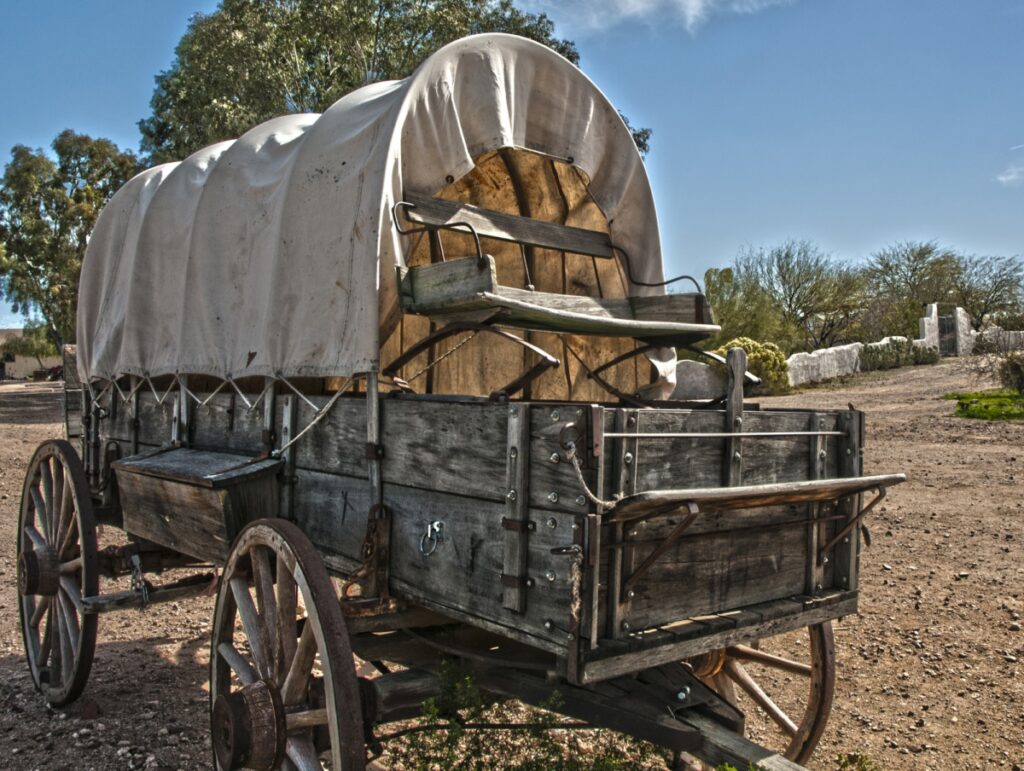
Imagine embarking on a journey spanning 2,000 grueling miles, filled with treacherous river crossings, food rationing, relentless weather, and the constant threat of disease. Welcome to the life of a pioneer on the Oregon Trail!
Facts About the Oregon Trail That Prove Most of Us Would Have Never Made It
14 Inventions Our Grandparents Expected to See by Now That Didn’t Materialize

It’s time to take a lighthearted stroll down memory lane and witness the grandeur of bygone expectations. From flying cars to robot servants, the visions of yesteryear weren’t terribly off the mark, yet it’s still entertaining to see what our parents and grandparents thought things would be like today.
14 Inventions Our Grandparents Expected to See by Now That Didn’t Materialize
Here’s What It Was Really Like to Drive a Model T Ford
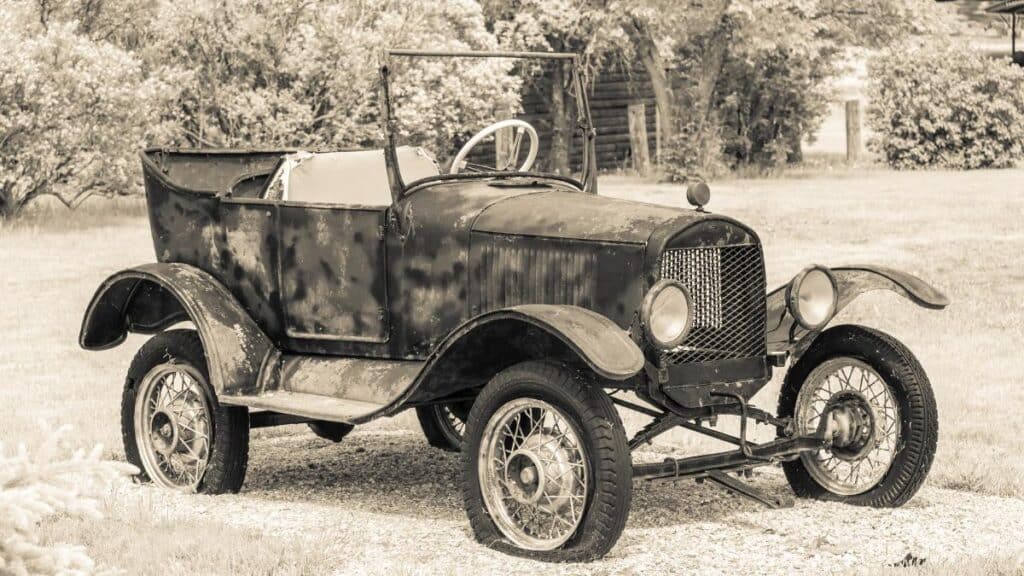
Tired of driving down easy-street in your super comfy modern car? Well, have no fear because the Model T is here! Let’s take a ride down memory lane with a humorous look at what traveling in a Model T was like when it first came out.
Here’s What It Was Really Like to Drive a Model T Ford
Here’s What Travel Was Like 100 Years Ago
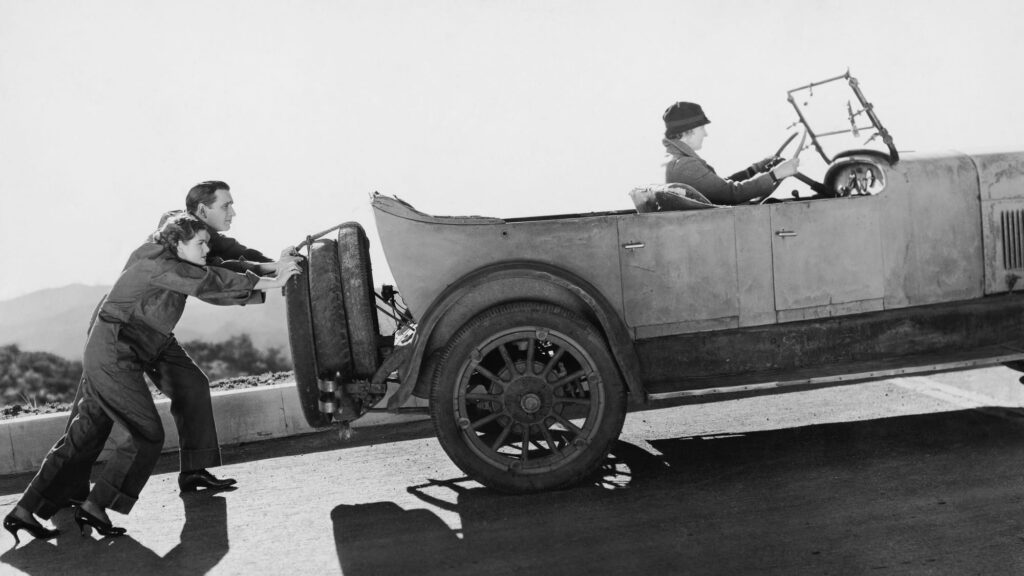
Travel has definitely improved over the past 100 years. And by the way, if you’re thinking 100 years ago was back in the 1800s, you might be showing your age…100 years ago was 1923 and Americans were hitting the road in their new-fangled automobiles.
Here are ten things you might expect if you traveled across America 100 years ago.
Here’s What Travel Was Like 100 Years Ago
This article was produced by Our Woven Journey.
Featured Image Credit:
Karee Blunt is a nationally syndicated travel journalist, focused on discovering destinations and experiences that captivate and inspire others through her writing. She is also the founder of Our Woven Journey, a travel site focused on inspiring others to create memory-making adventures with their loved ones. Karee is passionate about encouraging others to step out of their comfort zone and live the life they dream of. She is the mother of six kids, including four through adoption, and lives with her family in the Pacific Northwest. You can learn more about Karee on her about me page.
